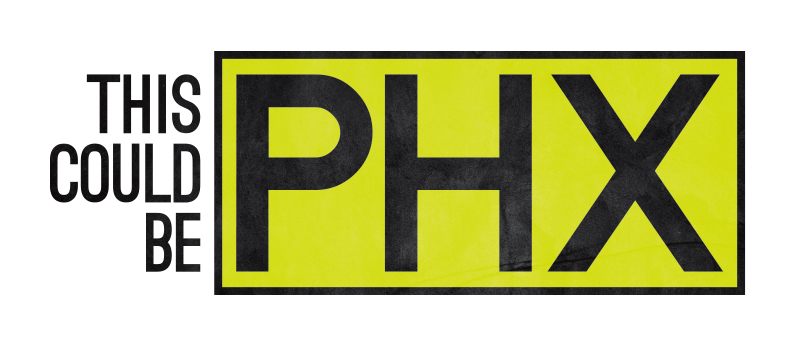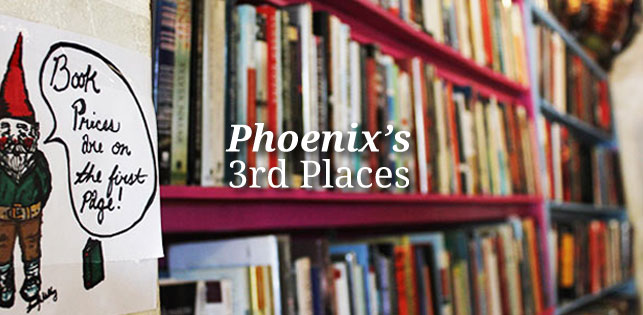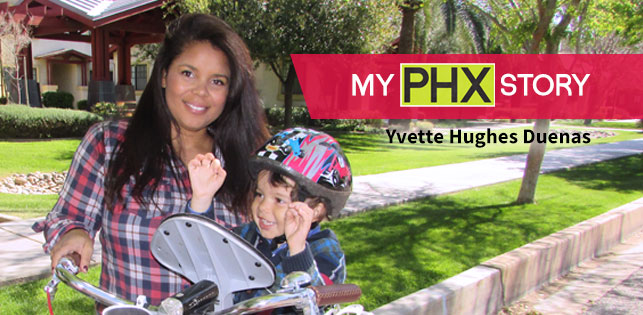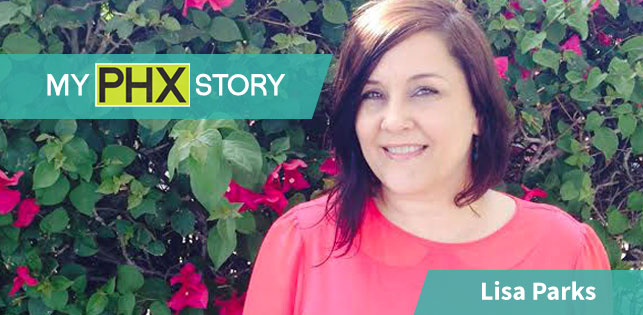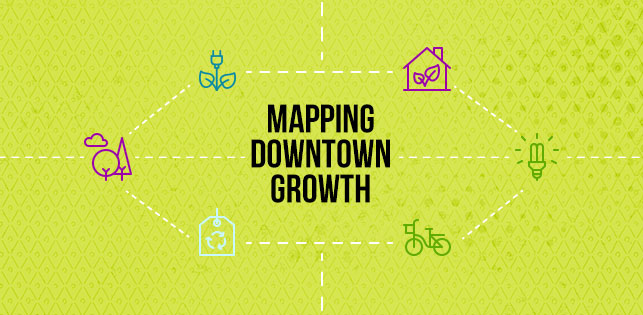14
Apr
Home Away From Home: 6 of Phoenix’s Best Third Places
My introduction to the real Phoenix came at the hands of a coffee shop. It was a month or two into the school year, and I went with some of my friends to First Friday. Afterward, we stopped at Jobot for iced toddies. I'd never been in a local coffee shop before — raised in the suburbs, I was much more familiar with Starbucks — and I was fascinated by how many people were hanging out in those three small rooms talking and laughing and making friends. It's not something you see in a Starbucks, where if someone is at one of three tiny tables, they're in a suit, on a laptop, and don't want to be bothered. In the years since, I've grown to appreciate the value of third places — those crucial spots that facilitate socialization and interaction outside of home or work. Ray Oldenburg outlines just why third places are important in his book The Great Good Place: Cafes, Coffee Shops, Bookstores, Hair Salons and Other Hangouts at the Heart of a Community. They offer an "escape or time-out from life's duties and drudgeries." They serve as a pick-me-up, and create new sets of acquaintances.
05:00 /
Urban Lifestyle & Culture
